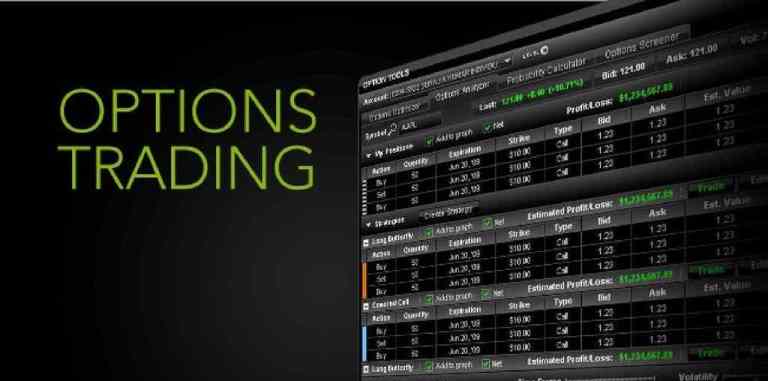Introduction
Are you fascinated by the allure of options trading but unsure how to take the plunge? The world of options can seem like a daunting realm, but with the right approach, anyone can master this intriguing and potentially lucrative financial instrument. This comprehensive guide will provide you with a step-by-step roadmap for practicing options trading, equipping you with the knowledge and skills to confidently navigate this exciting market.

Image: emugepavo.web.fc2.com
Understanding Options Trading
Options are financial contracts that grant you the right, but not the obligation, to buy or sell an underlying asset at a predetermined price on or before a specified date. This flexibility offers traders a versatile tool to capitalize on market movements without the full commitment of direct stock ownership. Unlike stocks, which represent direct ownership, options provide traders with the ability to leverage their positions, potentially generating significant returns with limited capital outlay.
Benefits of Practicing Options Trading
Before you dive into live trading, practicing options strategies in a simulated environment can significantly enhance your understanding and reduce potential risks. Paper trading, virtual simulation, and options trading simulators offer invaluable opportunities to:
- Hone Your Skills: Practice allows you to experiment with different strategies, test your trading hypotheses, and fine-tune your approach without risking real capital.
- Manage Risk: Learning how to manage risk effectively is crucial for options traders. Paper trading provides a safe space to explore various risk management techniques and observe their impact in different market conditions.
- Gain Confidence: As you practice, your confidence will grow, empowering you to make informed decisions even in uncertain markets.
- Avoid Costly Mistakes: Paper trading allows you to iron out any potential mistakes without losing real money. By identifying and correcting these errors early on, you can minimize the likelihood of losing significant funds.
Getting Started with Practice Options Trading
1. Choose a Simulation Platform:
- Paper Trading: Leverage your existing brokerage account to create a paper trading environment that mimics live trading conditions without risking real funds.
- Virtual Simulation: Utilize specialized online platforms that provide realistic trading experiences, often with advanced analytical tools and market data.
- Options Trading Simulators: Invest in dedicated software that simulates real-time market conditions and provides comprehensive charting tools and risk management features.
2. Simulate Reality:
- Use Real-Time Data: Connect your simulation account to live market feeds to ensure you are exposed to actual market movements and price fluctuations.
- Track Your Trades: Maintain a trading journal or spreadsheet to record your entries, exits, and results. This will help you analyze your performance and identify areas for improvement.
- Set Realistic Expectations: Remember that paper trading results may not always translate directly to live trading. Treat it as a learning experience rather than a way to predict future earnings.

Image: www.youtube.com
Key Concepts in Options Trading
1. Call and Put Options:
- Call Option: Grants you the right to buy an underlying asset at a specified price on or before a certain date.
- Put Option: Grants you the right to sell an underlying asset at a specified price on or before a certain date.
2. Strike Price: The predetermined price at which you can buy or sell the underlying asset using the option.
3. Expiration Date: The date after which the option becomes worthless.
4. Premium: The cost of purchasing an option contract.
Options Trading Strategies
1. Long Options:
- Long Call: Buy a call option to make a profit if the price of the underlying asset rises above the strike price.
- Long Put: Buy a put option to make a profit if the price of the underlying asset falls below the strike price.
2. Short Options:
- Short Call: Sell a call option to make a profit if the price of the underlying asset remains below the strike price.
- Short Put: Sell a put option to make a profit if the price of the underlying asset remains above the strike price.
How To Do Practice Options Trading

Image: www.transparenttraders.me
Managing Risk in Options Trading
1. Position Sizing: Determine the appropriate amount of capital to allocate to each trade based on your risk tolerance and account size.
2. Stop-Loss Orders: Set up stop-loss orders to automatically exit positions when certain price levels are reached, limiting potential losses.
3. Hedging Strategies: Combine different options strategies to reduce overall risk and protect against unfavorable market conditions.






